As living costs continue to rise, the strain on household budgets is felt especially hard by seniors and low-income families. Property taxes and rent, two significant expenses for many New Yorkers, have long been a source of financial pressure. Recognizing these challenges, New York has introduced a robust property tax and rent relief boost for 2025 aimed particularly at easing the burden on these vulnerable groups. This article explores the details, benefits, and broader implications of this relief initiative.
Understanding the Financial Pressures of Property Taxes and Rent in New York
New York State, with its diverse economy and dense population, has some of the highest housing-related costs in the United States. Property taxes are a crucial source of revenue for local governments but represent a steep cost for homeowners, especially retirees on fixed incomes. Likewise, rent payments consume a substantial portion of household income among low-income families, many of whom struggle to find affordable housing in urban and suburban areas.
-
Average property tax rates in New York vary widely across counties; some suburban areas report rates surpassing the national average several times over.
-
Rent in New York City consistently ranks among the highest in the country, creating barriers to housing accessibility and financial stability for many families.
-
For seniors living on fixed incomes, even a modest increase in property taxes or rent can result in difficult financial trade-offs, often forcing choices between essentials like healthcare, food, or housing.
The economic imbalance makes targeted assistance vital. The 2025 relief boost aligns with efforts to provide financial stability to the most affected groups by addressing their specific housing cost challenges.
The New York Property Tax & Rent Relief Boost: What It Entails
The 2025 relief initiative expands existing programs and introduces new measures, categorically designed to support seniors and low-income families with their housing expenses. This boost includes the following key components:
-
Increased Property Tax Rebates: Eligible seniors will receive higher rebate amounts to offset their property tax bills. This aims to ease monthly and annual financial pressure, helping seniors maintain homeownership without sacrificing quality of life.
-
Expanded Rent Relief Program: Income thresholds for rent relief have been adjusted upward. This expansion will help more low-income families qualify for monthly rent subsidies, reducing their housing cost burden.
-
Temporary Tax Freeze for Qualifying Seniors: Select counties will implement tax freezes restricting property tax increases for eligible seniors, providing predictable housing costs year-over-year.
-
Streamlined Application Processes: Simplified application requirements and outreach efforts will improve access, ensuring eligible individuals can easily enroll and benefit from the programs.
This multi-pronged approach acknowledges that property tax and rent burdens differ widely by household and location. Tailoring relief helps bridge these disparities.
Who Qualifies for the 2025 Relief Program?
Qualification criteria focus primarily on income limits, age, and residency status, with some variation by locality:
-
Seniors aged 62 and older, with income under state-set ceilings, qualify for enhanced property tax rebates and potential tax freezes.
-
Low-income families and individuals, with adjusted gross income limits raised for the 2025 fiscal year, qualify for expanded rent assistance.
-
Residency requirements ensure aid goes to New York homeowners and renters living in units subject to local tax and rent regulations.
The income parameters and qualifying rules are designed to capture those most at financial risk from current tax and rent levels without extending benefits too broadly, thereby conserving program funding.
Statistical Overview: The Impact of Property Tax and Rent Burdens in New York
Before the 2025 relief boost, New York residents faced considerable financial burdens tied to housing costs. Recent data highlights these struggles:
| Category | Percentage of Income Spent on Housing | Population Group |
|---|---|---|
| Homeowners (median) | Roughly one-fourth | General Population |
| Renters (median) | Approaching half | Low-Income Families |
| Seniors (median) | More than one-third | Fixed-Income Individuals |
These high housing cost burdens contribute to financial stress, risk of housing instability, and in some cases, forced relocation or homelessness. The 2025 relief programs are expected to shift these numbers downward by reducing monthly out-of-pocket expenses for qualifying households.
How the 2025 Relief Boost Benefits Seniors
Seniors represent one of the most impacted demographics concerning property tax and housing costs. Many live on fixed incomes from Social Security or pensions, which do not keep pace with inflation. The relief boost tackles their challenges directly via:
-
Increased Rebates: Seniors’ property tax rebates will increase substantially, providing immediate financial relief each year.
-
Tax Freeze Programs: Certain counties will freeze property tax rates for eligible seniors, ensuring no tax increase beyond the current levels for the year.
-
Enhanced Accessibility: Outreach programs will encourage seniors to apply by providing assistance with paperwork and communicating eligibility.
These measures collectively help safeguard senior homeowners from the risk of losing their homes due to rising taxes, enabling them to maintain independence and housing security.
Advantages for Low-Income Families
Low-income families frequently face steep rents with limited housing options. The 2025 relief program expands their access to rent subsidies and related support:
-
Higher Income Eligibility: By raising income thresholds, more families living just above the previous cutoff can now qualify for assistance.
-
Increased Monthly Subsidies: Rent relief payments will grow, reducing the monthly financial gap.
-
Focus on Affordable Housing: The boost encourages development and maintenance of affordable rental units, fostering longer-term housing access.
This support reduces the risk of eviction and homelessness, improves family well-being, and helps stabilize communities by enabling families to stay in their homes and avoid disruptive moves.
Economic and Social Impacts Beyond Direct Benefits
The ripple effects of this program extend beyond recipients:
-
Stabilized Housing Markets: By mitigating sudden spikes in housing expenses, the program can reduce foreclosures and evictions, stabilizing neighborhoods and property values.
-
Economic Security for Seniors and Families: Financial relief supports spending power in other essentials, such as healthcare, nutrition, and education, improving quality of life and community health.
-
Reduced Public Costs: With fewer families facing homelessness or financial crises, social services and emergency aid costs can decrease.
-
Boost to Local Economies: More disposable income among low-income households may translate into increased local spending, benefiting small businesses and service providers.
Challenges and Considerations
While broadly positive, the program faces challenges:
-
Funding Limitations: Ensuring sufficient government funds to sustain and possibly expand relief programs amid competing budget priorities.
-
Outreach and Enrollment: Overcoming barriers in reaching all eligible individuals, particularly those isolated or mistrustful of government programs.
-
Regional Disparities: Addressing uneven housing cost pressures across urban, suburban, and rural New York to avoid exclusion or under-service in some areas.
-
Administrative Complexity: Maintaining a balance between thorough eligibility verification and minimizing bureaucratic hurdles for applicants.
Looking Ahead: The Future of Housing Relief in New York
The 2025 property tax and rent relief boost marks a significant step but also opens doors for future expansion:
-
Improved data collection will help policymakers tailor support dynamically based on changing demographics and housing markets.
-
Potential expansions could include renters’ tax credits or deeper subsidies tied to income changes.
-
Integration with broader affordable housing initiatives and community development programs may maximize impact.
-
Continuous community engagement and feedback loops will be crucial to fine-tune program delivery and effectiveness.
Conclusion
New York’s 2025 boost in property tax and rent relief reflects a compassionate and pragmatic approach to easing housing burdens for seniors and low-income families. This multidimensional program is designed not only to offer immediate financial respite but also to contribute to stable communities and economic security. By targeting those who need it most, the state sets an important precedent in housing equity, supporting residents’ ability to live with dignity and stability in one of the nation’s most costly housing landscapes. In the years to come, sustained commitment to such initiatives will be critical as New York continues to balance growth with inclusivity and affordability.

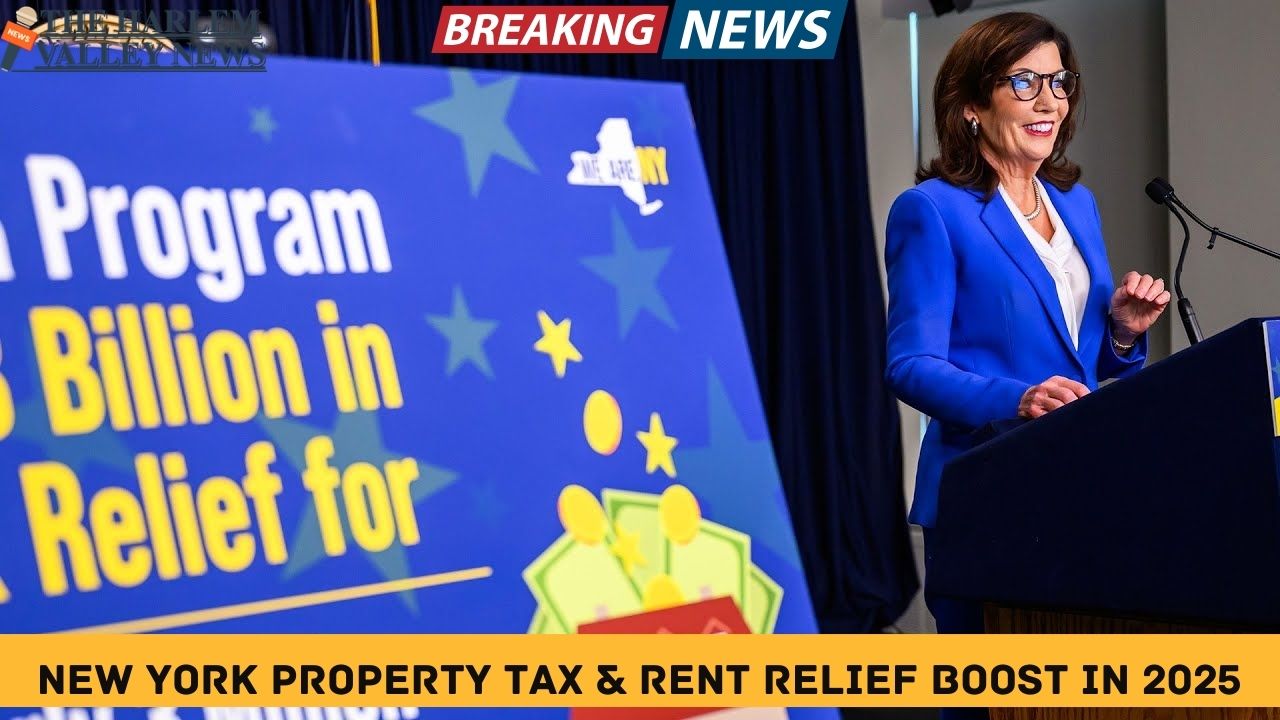


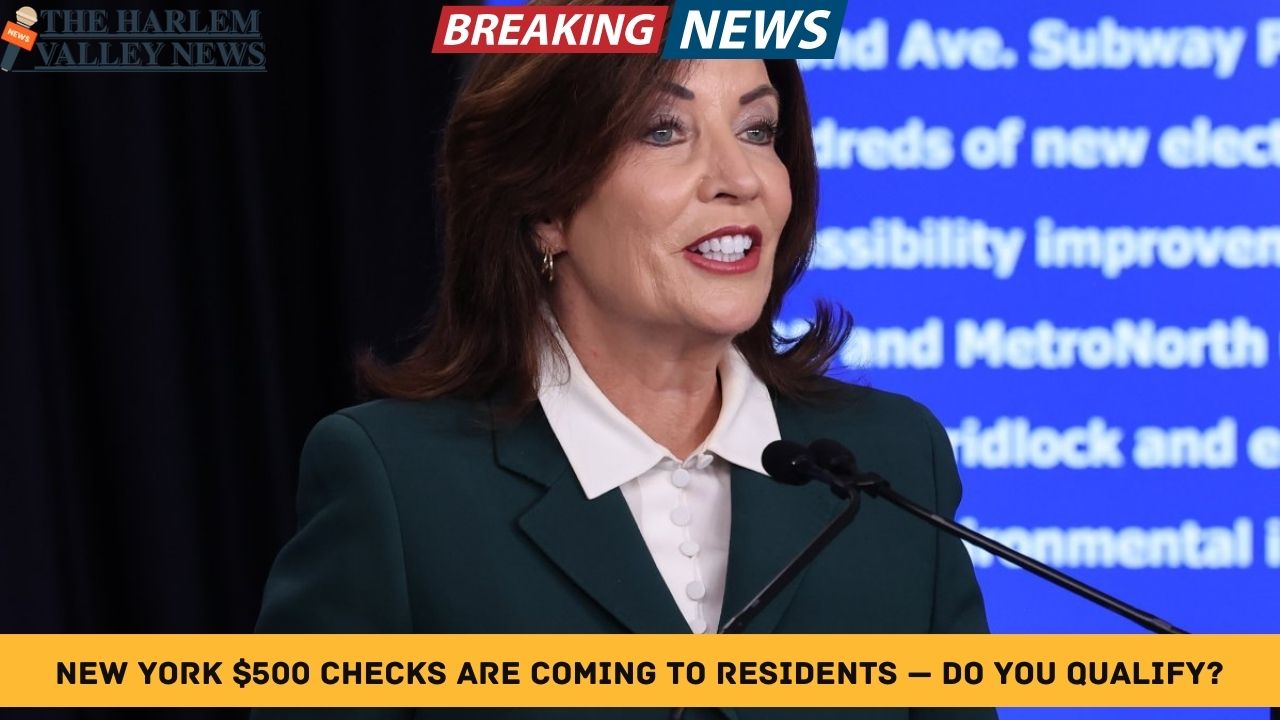


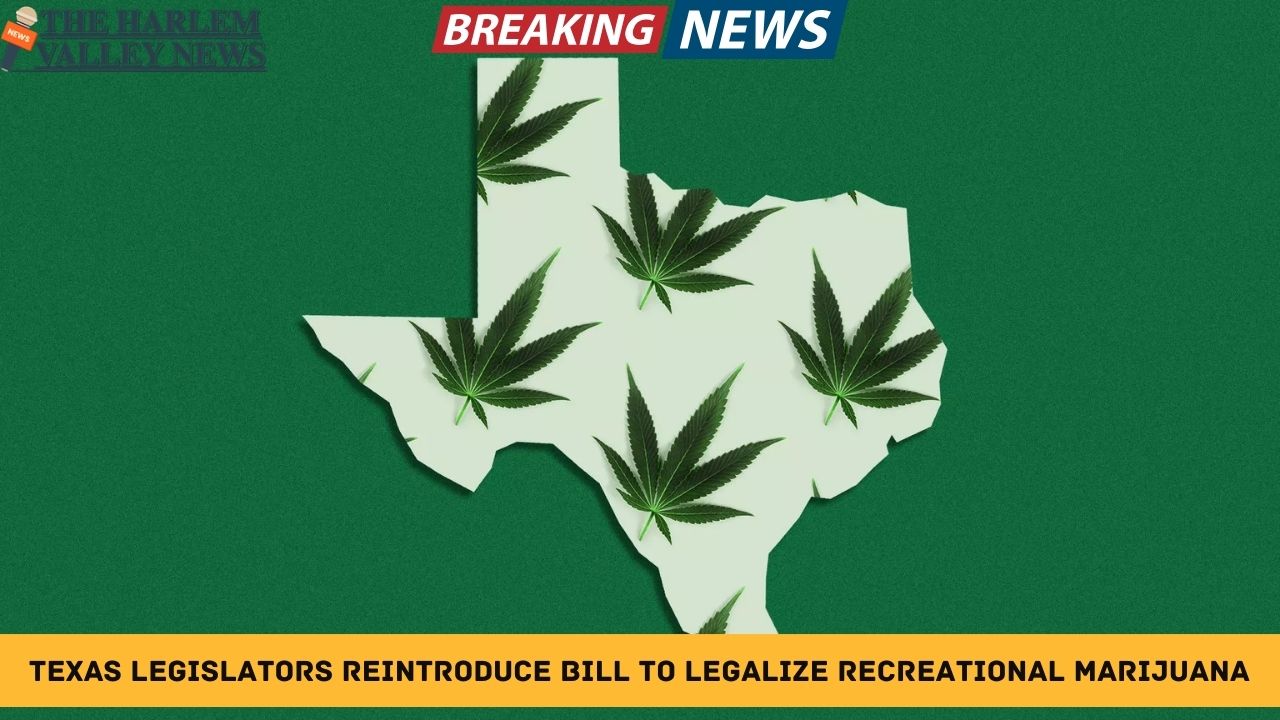


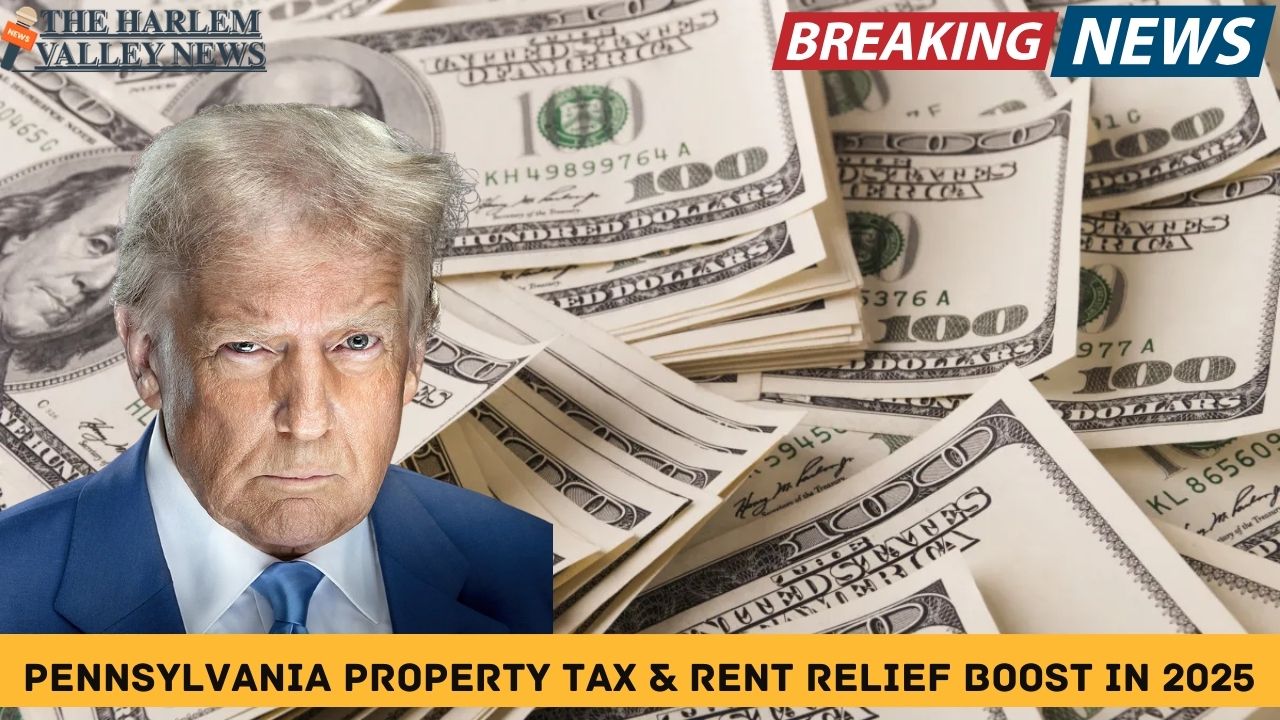
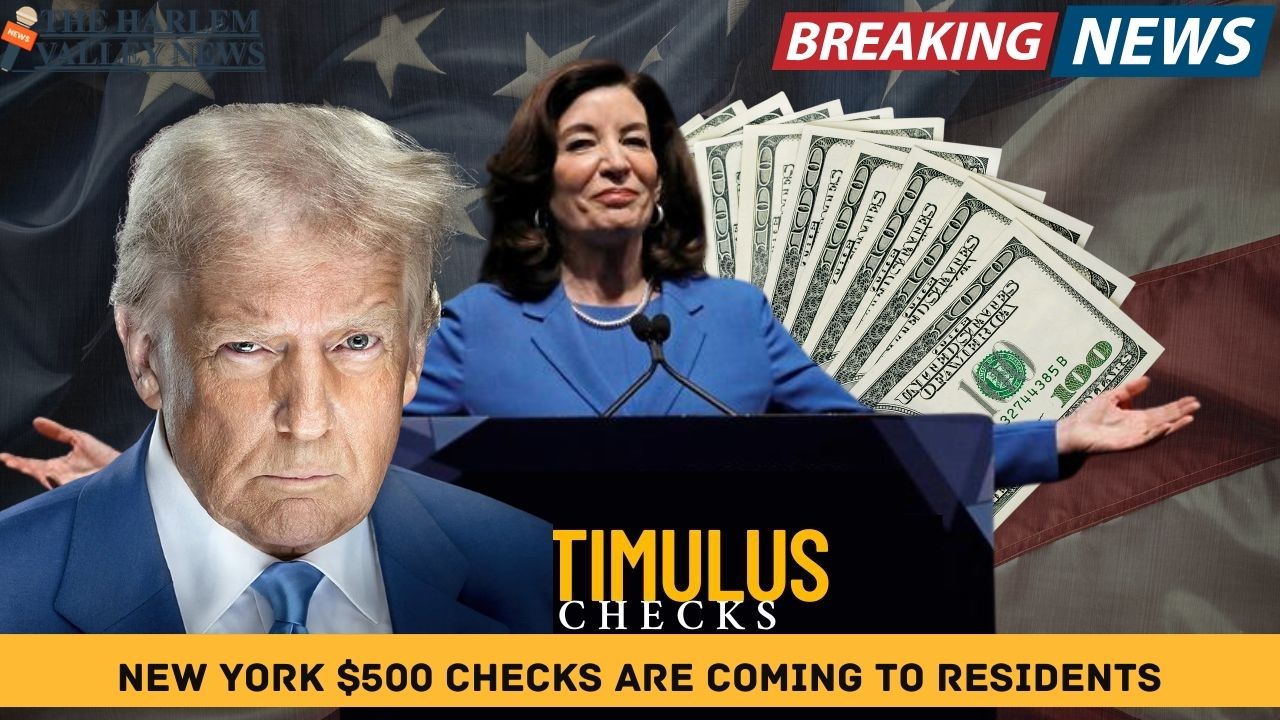
Leave a Reply